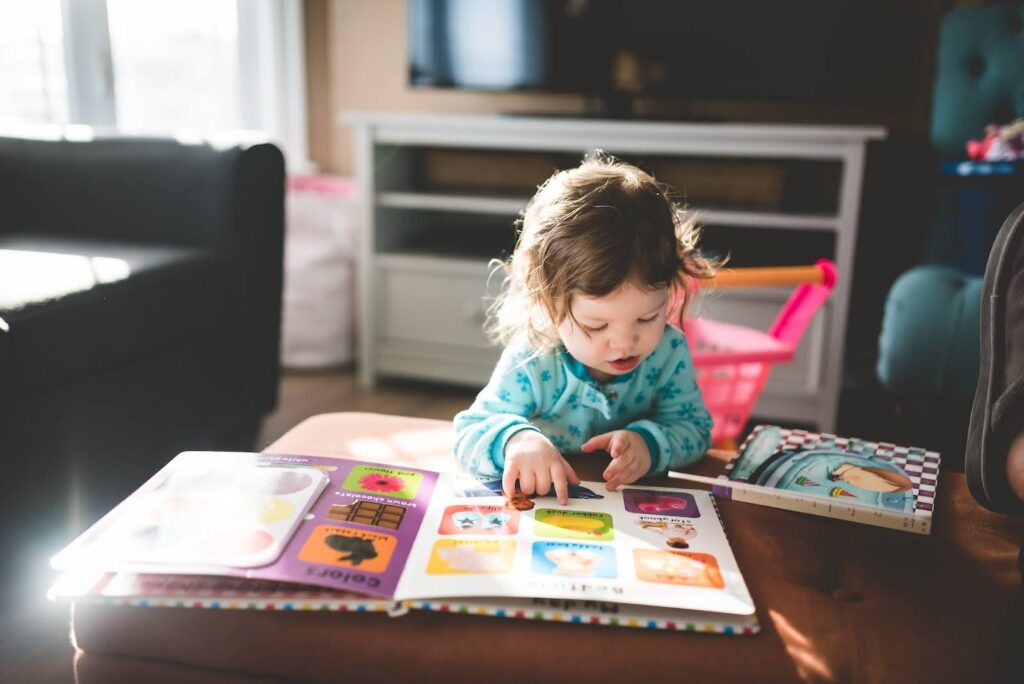The transition from home to child care can be a significant change for both children and parents. It’s a moment filled with mixed emotions—excitement, nervousness, and sometimes a bit of anxiety. While this change marks an essential step in a child’s development, it’s natural for parents to be concerned about how their little one will adjust to the new environment.
If your child is about to start at childcare centre, taking proactive steps to create a smooth transition can help set them up for success. By preparing both yourself and your child, you can make this new chapter a positive and enriching experience for everyone involved.
1. Start with Open Communication
Communication is the foundation of a successful transition to child care. Begin by talking openly with your child about the upcoming change. Use simple language to explain what child care is and why it’s important. Depending on your child’s age, you can describe it as a place where they’ll have fun, make new friends, and explore new activities.
It’s also important to be positive when discussing child care. Your child will pick up on your tone and emotions, so presenting it as an exciting opportunity can help them feel more at ease. Reassure them that child care is a safe place where caring teachers will be there to help them learn and play.
2. Visit the Child Care Centre Together
Before your child’s first day at child care, it’s helpful to arrange a visit to the centre together. Many places, including childcare centres, offer orientation sessions or open days for families. This allows your child to explore the new environment and meet the caregivers in a relaxed setting, which can make the transition feel less intimidating.
During your visit, encourage your child to explore the play areas, introduce them to the educators, and point out where they will put their belongings. Familiarising them with the space beforehand helps reduce feelings of uncertainty and builds their confidence in navigating the new environment.
3. Create a Goodbye Routine
Establishing a consistent goodbye routine can provide comfort to both you and your child. The routine could involve a simple hug, a special wave, or a cheerful phrase that you say each morning. Keeping it short and sweet is key, as long, drawn-out goodbyes can make the separation more difficult for your child.
It’s normal for children to feel emotional when saying goodbye, especially during the first few days or weeks. While it can be tough for parents to leave, it’s essential to remain calm and confident. Offer a reassuring smile and let your child know when you’ll be back. Over time, this consistent routine will help your child feel more secure in the new setting.
4. Start with Shorter Days and Gradually Increase Time
If possible, consider starting with shorter child care days and gradually increasing the length of time as your child becomes more comfortable. Many child care centres are flexible in allowing parents to ease their children into the full routine. This approach gives your child time to adjust to the new environment without feeling overwhelmed.

For example, you might start with a half-day schedule for the first few days and slowly extend it to a full day. This gradual transition allows your child to build familiarity with the centre and develop trust with the caregivers.
5. Pack a Comfort Item
Bringing a familiar comfort item from home can provide a sense of security for your child during the transition. It could be a favourite stuffed animal, a small blanket, or even a family photo that they can keep in their bag. Having this item nearby can offer reassurance and help your child feel more connected to home.
Before the first day, explain to your child that the comfort item is there to help them feel safe if they miss home. Reassure them that it’s okay to use it whenever they need a little extra comfort.
6. Establish a Consistent Routine at Home
Children thrive on consistency, and maintaining a predictable routine at home can help ease the transition to child care. Establish a morning routine that includes time for getting dressed, having breakfast, and preparing for the day ahead. A consistent routine provides a sense of stability, helping children know what to expect each day.
In the evenings, create a wind-down routine that includes talking about your child’s day at child care. Ask open-ended questions about what they did, who they played with, and what activities they enjoyed. This helps your child process their experiences and strengthens the connection between home and child care.
7. Stay Positive and Patient
Transitions can be challenging for both children and parents, but it’s essential to stay positive and patient throughout the process. Some children adapt quickly, while others may take a bit more time to feel comfortable in their new environment. If your child shows signs of anxiety or reluctance, acknowledge their feelings and reassure them that it’s okay to feel nervous.
It’s also normal for children to have ups and downs during the transition. There may be days when drop-offs go smoothly and others when your child feels more clingy. Stay consistent with your routines, communicate openly with the educators, and give your child the time and support they need to adjust.
8. Build a Strong Relationship with the Educators
Creating a strong relationship with your child’s educators is key to a smooth transition. Take the time to introduce yourself and share any important information about your child, such as their preferences, interests, or any special needs they may have. This helps the educators better understand your child and provide personalised care.
Maintaining regular communication with the educators also allows you to stay informed about your child’s progress and any challenges they may be facing. If you have any concerns or questions, don’t hesitate to reach out and discuss them openly.
9. Celebrate Small Wins
Transitioning to child care is a big milestone, and it’s essential to celebrate the small wins along the way. Whether it’s successfully saying goodbye without tears, making a new friend, or trying a new activity, acknowledging these achievements helps boost your child’s confidence and reinforces positive experiences.

You can celebrate these wins with simple gestures like praise, a high-five, or a special treat after a successful day. By focusing on the positives, you encourage your child to embrace new challenges with a sense of excitement.
10. Stay Flexible and Adapt to Your Child’s Needs
Every child is unique, and their transition experience may differ from others. While it’s important to have a plan, staying flexible and adapting to your child’s needs is equally essential. Pay attention to their cues and be willing to adjust your approach if something isn’t working.
For example, if your child is struggling with separation anxiety, you might explore new ways to make goodbyes easier, such as reading a special book together before drop-off or creating a goodbye routine that includes an extra hug.
Transitioning from home to child care is a significant change, but with thoughtful preparation and a positive approach, you can help your child feel confident and comfortable in their new environment. Open communication, gradual introductions, consistent routines, and strong relationships with educators are all essential elements of a smooth transition.
If your child is joining childcare Sylvania, taking these steps can set them up for success and create a positive foundation for their early learning journey. Remember that every child adjusts at their own pace, so be patient, supportive, and celebrate the small victories along the way. By working together with your child and their educators, you can create a nurturing and enriching experience that benefits your child’s growth and development.



